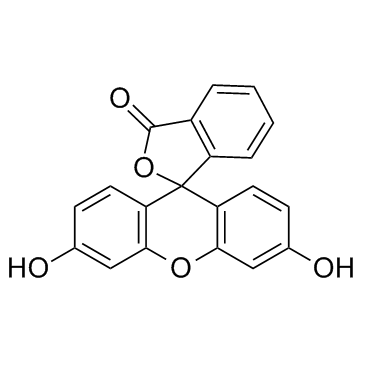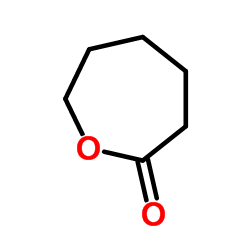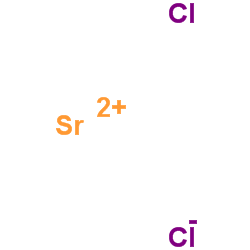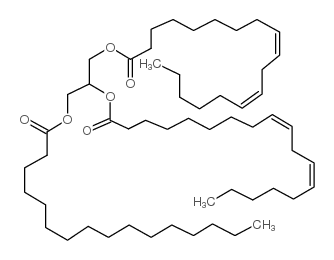| Structure | Name/CAS No. | Articles |
|---|---|---|
 |
Fluorescein
CAS:2321-07-5 |
|
 |
6-Hexanolactone
CAS:502-44-3 |
|
 |
Strontium chloride
CAS:10476-85-4 |
|
 |
1,2-Dilinoleoyl-3-Palmitoyl-rac-glycerol
CAS:2190-15-0 |